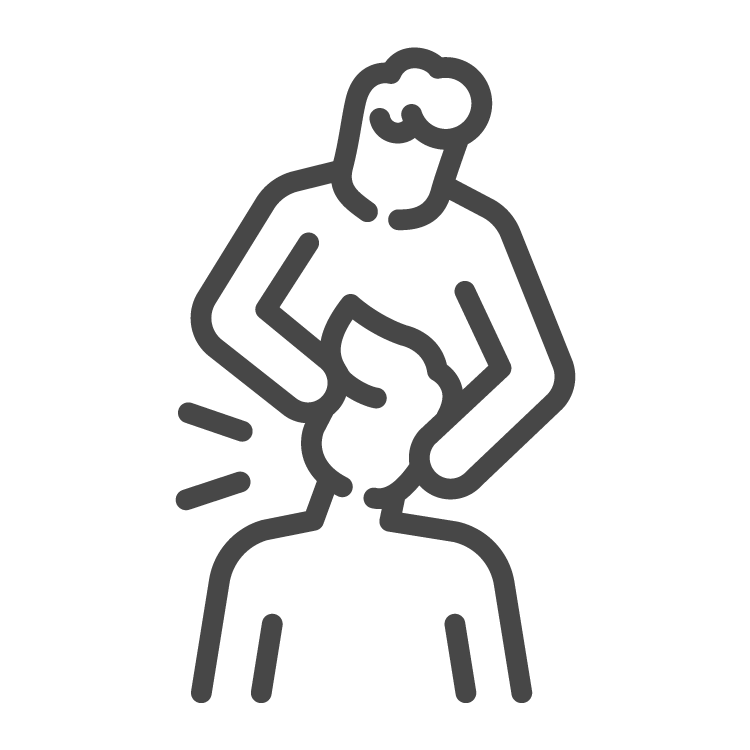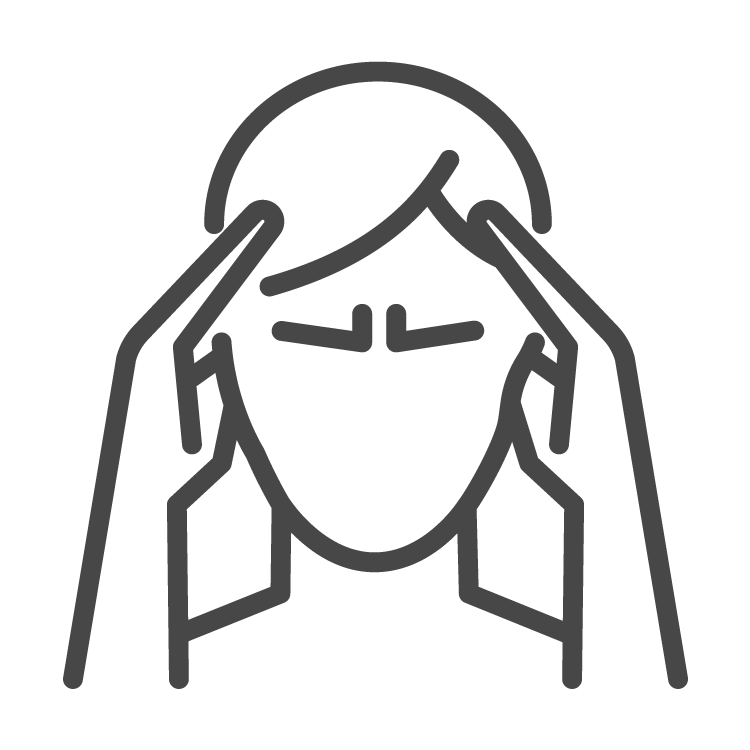Chiropractic Care
Chiropractic treatment aims to alleviate joint motion restrictions in the spine, pelvis, and limbs to restore normal range of motion and alignment. According to scientific literature, adjustments to vertebral and extremity joints trigger a physiological response in the central and peripheral nervous systems that reduce muscular tension and promote structural and biomechanical integrity. This leads to a reduction in inflammation and pain.
Effective chiropractic care also accounts for various internal factors such as muscular imbalances, nutrition and mental health, as well as external influences such as work environment, activities of daily living and climate. By considering these aspects, chiropractors can provide comprehensive care to promote overall health and injury recovery. If you're seeking effective musculoskeletal treatment, our clinic offers customized care to meet your unique needs.
Chiropractic Care
Chiropractic treatment aims to alleviate joint motion restrictions in the spine, pelvis, and limbs to restore normal range of motion and alignment. According to scientific literature, adjustments to vertebral and extremity joints trigger a physiological response in the central and peripheral nervous systems that reduce muscular tension and promote structural and biomechanical integrity. This leads to a reduction in inflammation and pain.
Effective chiropractic care also accounts for various internal factors such as muscular imbalances, nutrition and mental health, as well as external influences such as work environment, activities of daily living and climate. By considering these aspects, chiropractors can provide comprehensive care to promote overall health and injury recovery. If you're seeking effective musculoskeletal treatment, our clinic offers customized care to meet your unique needs.
Conditions Frequently Treated In Our Office
Dr. Sanders provides treatment for a variety of conditions such as back pain, neck pain, headaches, and sports injuries. Our goal is to help patients achieve optimal health and function through individualized treatment plans.
Conditions Frequently Treated In Our Office
Dr. Sanders provides treatment for a variety of conditions such as back pain, neck pain, headaches, and sports injuries. Our goal is to help patients achieve optimal health and function through individualized treatment plans.
Adjustment Techniques
Chiropractic adjustments are a non-invasive, drug-free approach to improving neuromusculoskeletal system function. Dr. Sanders uses several adjustment techniques to help restore proper alignment, relieve pain, and enhance overall well-being.
Adjustment Techniques
Chiropractic adjustments are a non-invasive, drug-free approach to improving neuromusculoskeletal system function. Dr. Sanders uses several adjustment techniques to help restore proper alignment, relieve pain, and enhance overall well-being.
Diversified
Thompson Technique
Activator Method
ArthroStim & Vibracussor
Flexion-Distraction
Adjunct Therapies
In addition to chiropractic adjustments, we offer a range of adjunct therapies to complement and enhance the healing process. Our adjunct therapies include massage therapy, electrical muscle stimulation, ultrasound therapy, and more. These therapies can help reduce pain and inflammation, improve circulation, and promote relaxation, helping you feel your best.
Adjunct Therapies
In addition to chiropractic adjustments, we offer a range of adjunct therapies to complement and enhance the healing process. Our adjunct therapies include massage therapy, electrical muscle stimulation, ultrasound therapy, and more. These therapies can help reduce pain and inflammation, improve circulation, and promote relaxation, helping you feel your best.
Home Guidance
Our home guidance services provide customized recommendations for optimizing your home environment to support your health and wellness goals. Our team will work with you to create a plan that fits your unique needs and lifestyle.
Home Guidance
Our home guidance services provide customized recommendations for optimizing your home environment to support your health and wellness goals. Our team will work with you to create a plan that fits your unique needs and lifestyle.
Posture Correction Exercises
Posture Correction Exercises are designed to improve posture and reduce pain by strengthening the muscles that support the spine. Our chiropractors may recommend specific exercises to address issues such as forward head posture, rounded shoulders, or excessive spinal curvature.
Stretching
Stretching is an important part of maintaining flexibility and reducing the risk of injury. Our chiropractors may recommend specific stretches to help alleviate pain and improve range of motion in affected areas.
Ergonomic Advice
Ergonomic Advice can help reduce pain and prevent injuries by optimizing your workspace to promote good posture and proper body mechanics. Our chiropractors may offer advice on how to set up your desk, chair, and computer to minimize strain on your back, neck, and shoulders.
Heat/Ice Application
Heat and Ice Application can be an effective way to relieve pain and reduce inflammation. Our chiropractors may recommend using heat or ice to treat acute injuries or chronic conditions such as arthritis or back pain.
Foam Rolling
Foam Rolling is a self-massage technique that can help release tight muscles and improve mobility. Our chiropractors may recommend foam rolling as part of a home exercise program to help alleviate pain and improve flexibility.
Dietary Modifications
Dietary Modifications can play an important role in reducing inflammation and promoting overall health and wellness. Our chiropractors may offer advice on dietary changes to support your chiropractic care plan, such as reducing sugar and processed foods or increasing intake of anti-inflammatory foods.


